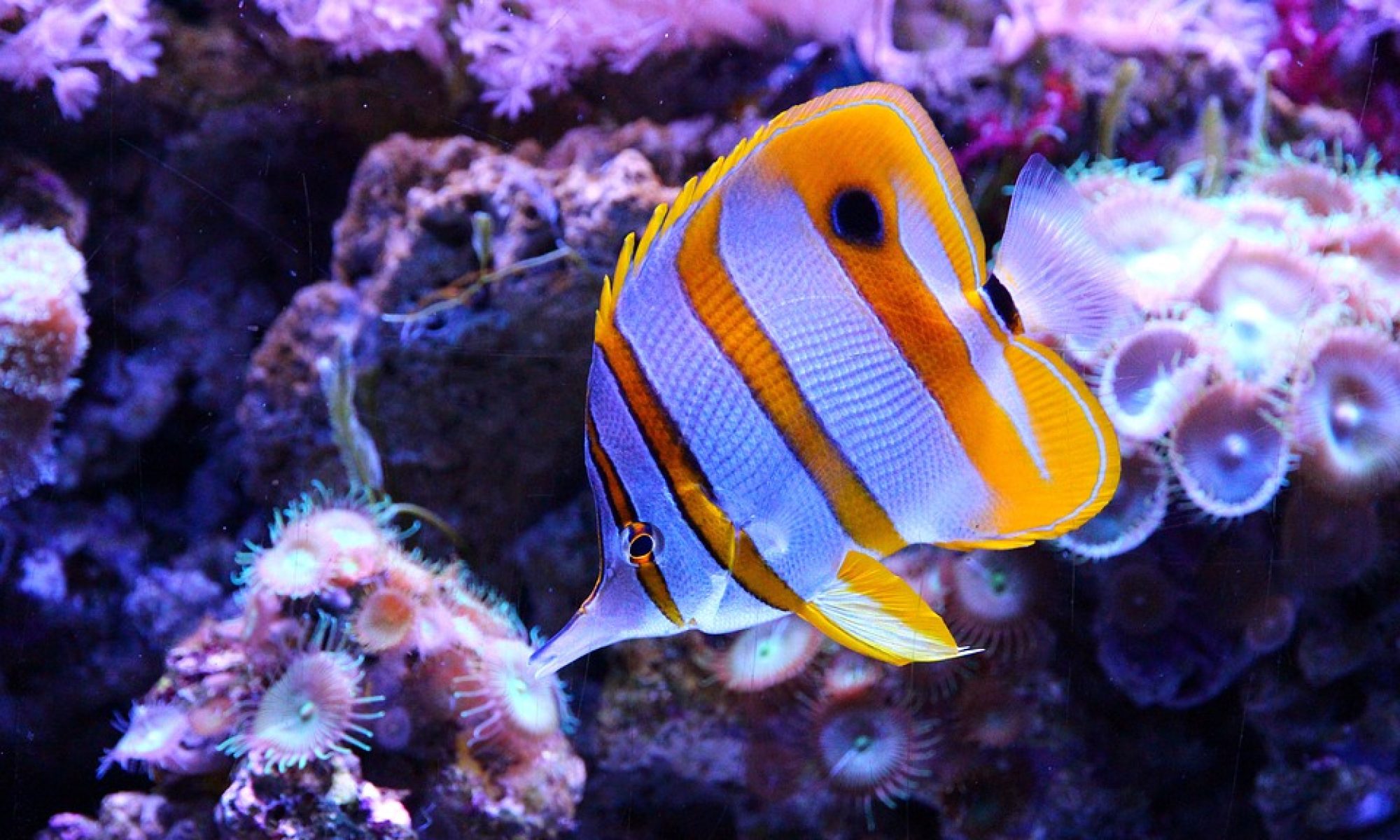The Ram Cichlid, Mikrogeophagus ramirezi, is a species of freshwater fish native to the Orinoco River basin, in the savannahs of Venezuela and Colombia in South America.
Members of this species are given many names, including Ram Cichlid, Blue Ram, German Blue Rams, Asian Ram, Butterfly Cichlid, Ramirez’s Dwarf Cichlid, Dwarf Butterfly Cichlid. These species is a member of the Cichlidae family.
Ram Cichlids are significantly less aggressive than other cichlids. They are more complicated to care for and are very bizarre creatures!
Ram cichlids are very friendly. They are one of the few cichlids which can live in a community tank with such small fish tank mates as neon tetras or guppies!
Ram Cichlids Appearance
The Ram Cichlid has a small colorful cichlid elliptical shaped body and large fins, Male cichlids have more of a spiny dorsal fin and are larger than females. Ram cichlids have red eyes, a yellow and iridescent violet-colored body that has a black spot next to the eye.
When their environment is healthy, your Ram Cichlid may live up to 4 years.
Ram Cichlid Habitat
Ram Cichlids can adapt well to the water parameters of their environment, still, the ideal water parameters are water temperature 24-27 °C, ph: 6.5- 7.5, 6 – 14 dGH. Ram Cichlids should have a and substrate in their tank with live plants and some driftwood. Their native amazon basin has many hiding places and is well-known for having a lot of driftwood.
Ram Cichlid Sexing
The female fish is smaller than the male and has additional pink pigmentation on her ventral region. If you check out the anterior region of the fin, you’ll see that her fin rays area is less developed. It’s also common for females to possess a plumper body form and a more rounded border of the tailfin.
The rear of the dorsal and anal fins is pointier in the male ram, making the tailfin more sharpy edged. The male ram may be recognized by the form of his tailfin and therefore the elongated second ray within the dorsal fin.
Ram Cichlid Breeding
Ram cichlids are hard to breed, many Ram Cichlid couples eat their eggs hours after they have spawned! As always, if you keep your fish healthy and in a healthy environment, they might breed ( not eat their babies).
Ram Cichlid eggs are significantly sensitive to bacterial and fungal damage. The way to succeed in cichlid breeding is to eliminate these issues.
Any container that measures around 30㎝ long and 15㎝ high will do well for breeding. Put a thin layer of clean sand or small gravel on it (1-2 cm is enough), fill the container with water and let the water absorb.
It is beneficial to use water after absorption.
3-4 days should pass before establishing your Ram Cichlids in the water, this action and establish your ram cichlid into the water. Also, try to simulate also the community tank interior in the spawning tank. This will lessen the time required for the fish to accommodate to new conditions and will help speed up the breeding.
Ram Cichlid’s Compatibility with other Fish
Most Ram Cichlids live in a community tank, meaning they will live with other compatible fish such as Guppies, Swordtails, Mollies and Platies, as well as other Characins such as Black Neon Tetras, Bloodfin Tetras, Rummy-nose Tetras, and Neon Tetras. All these species can be good tankmates for Ram Cichlids.
You can also keep your Ram Cichlids in couples and they will adjust fine, just avoid adding them in tanks with bigger fish because they will eat them!

